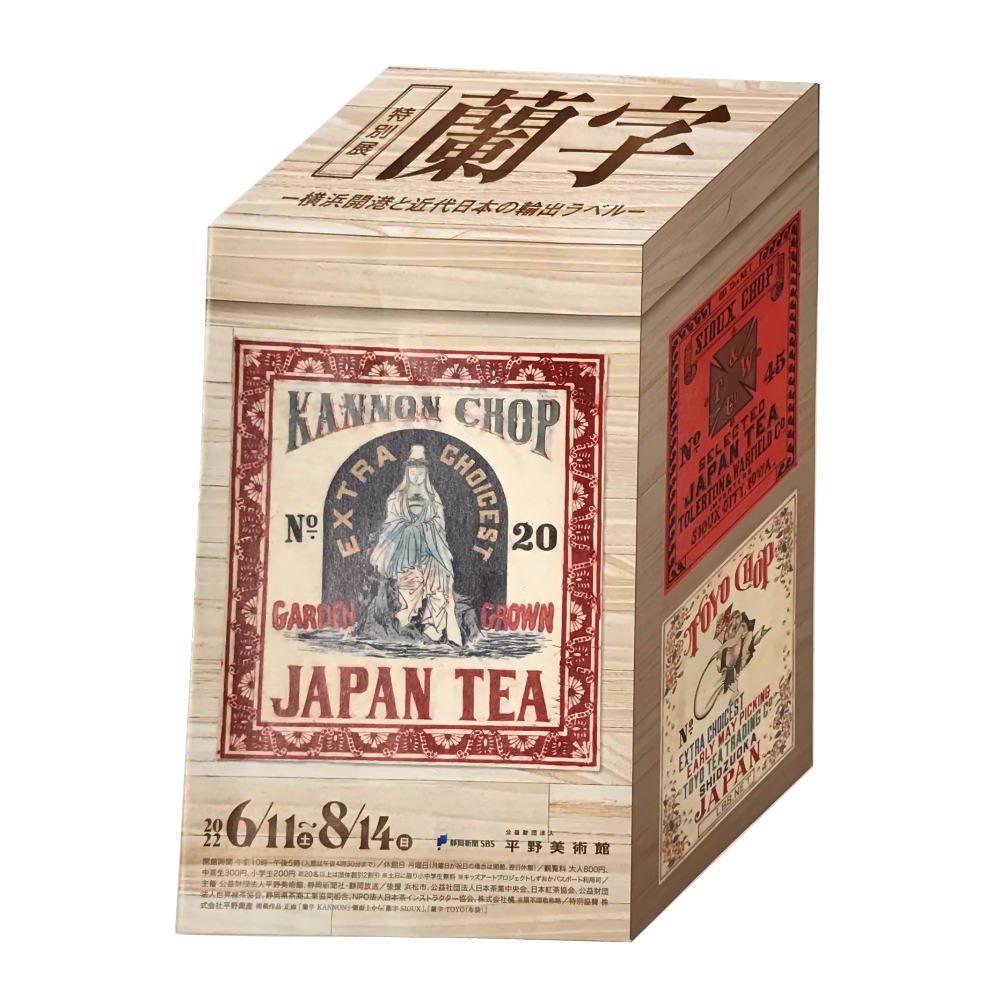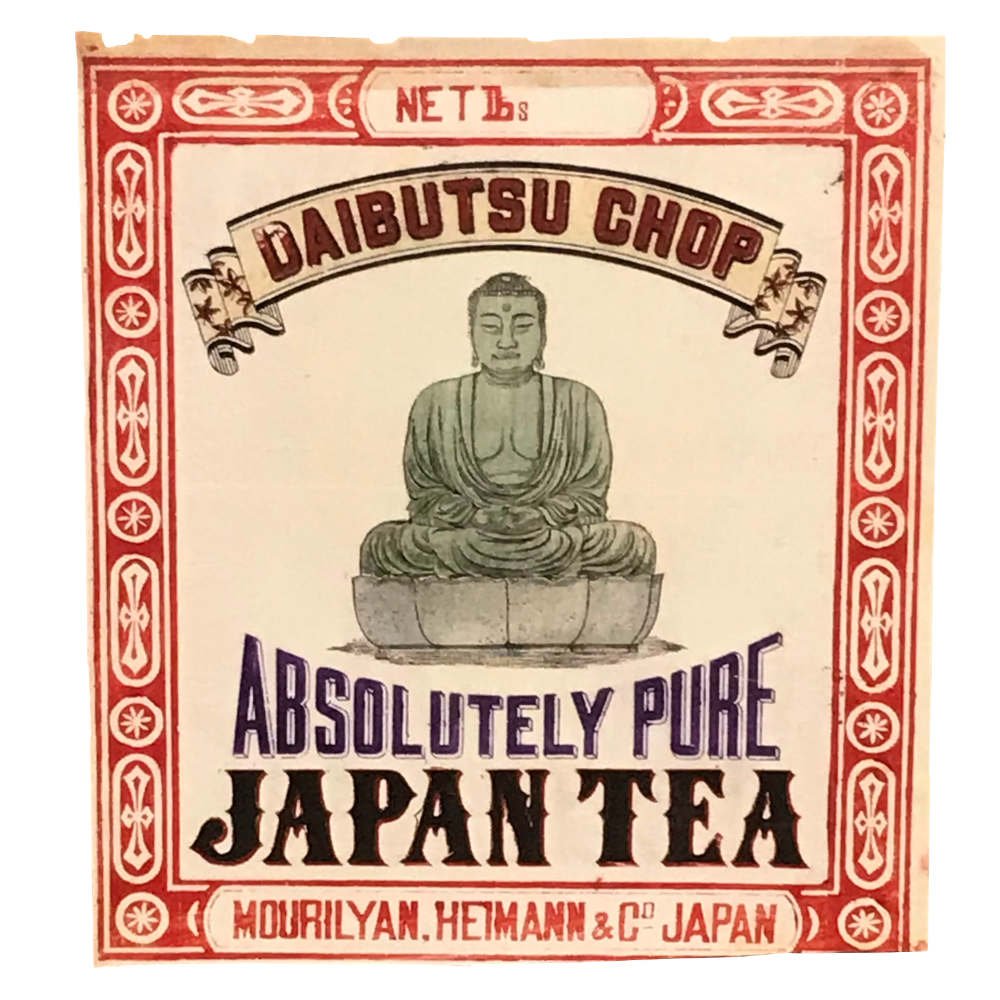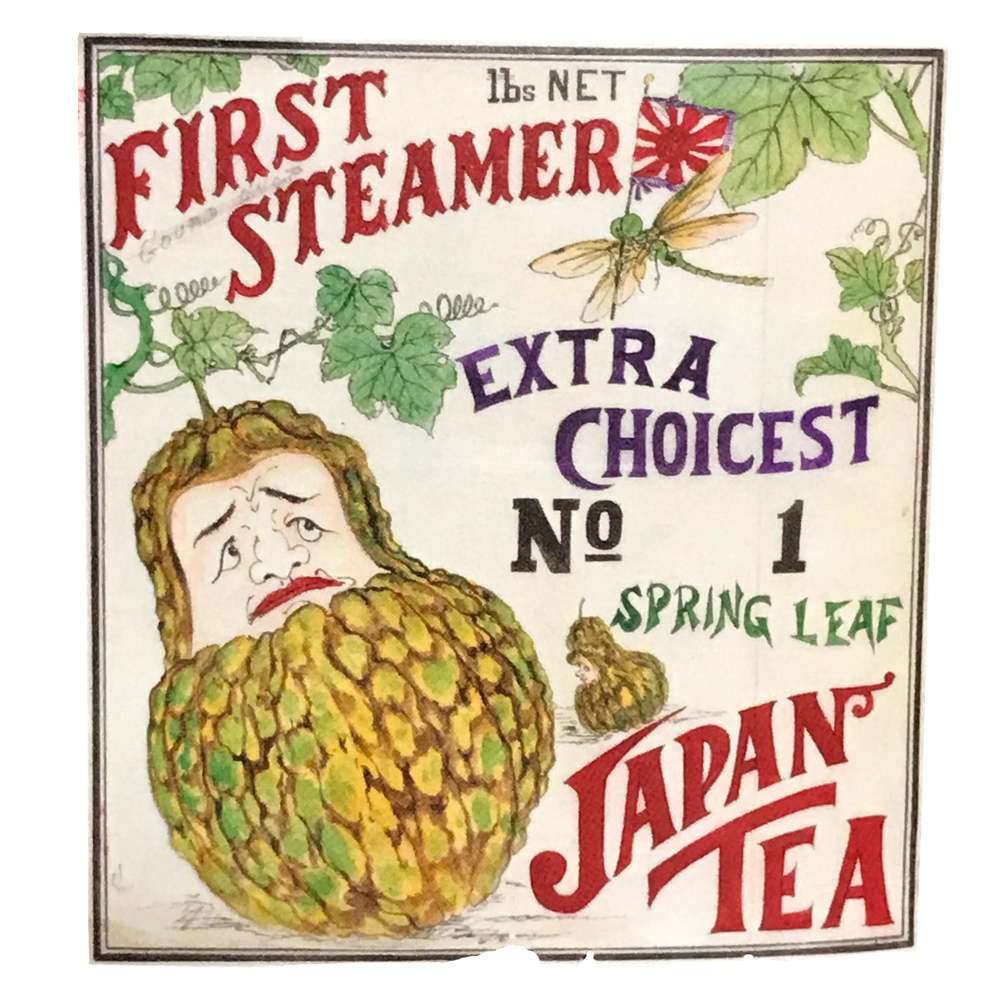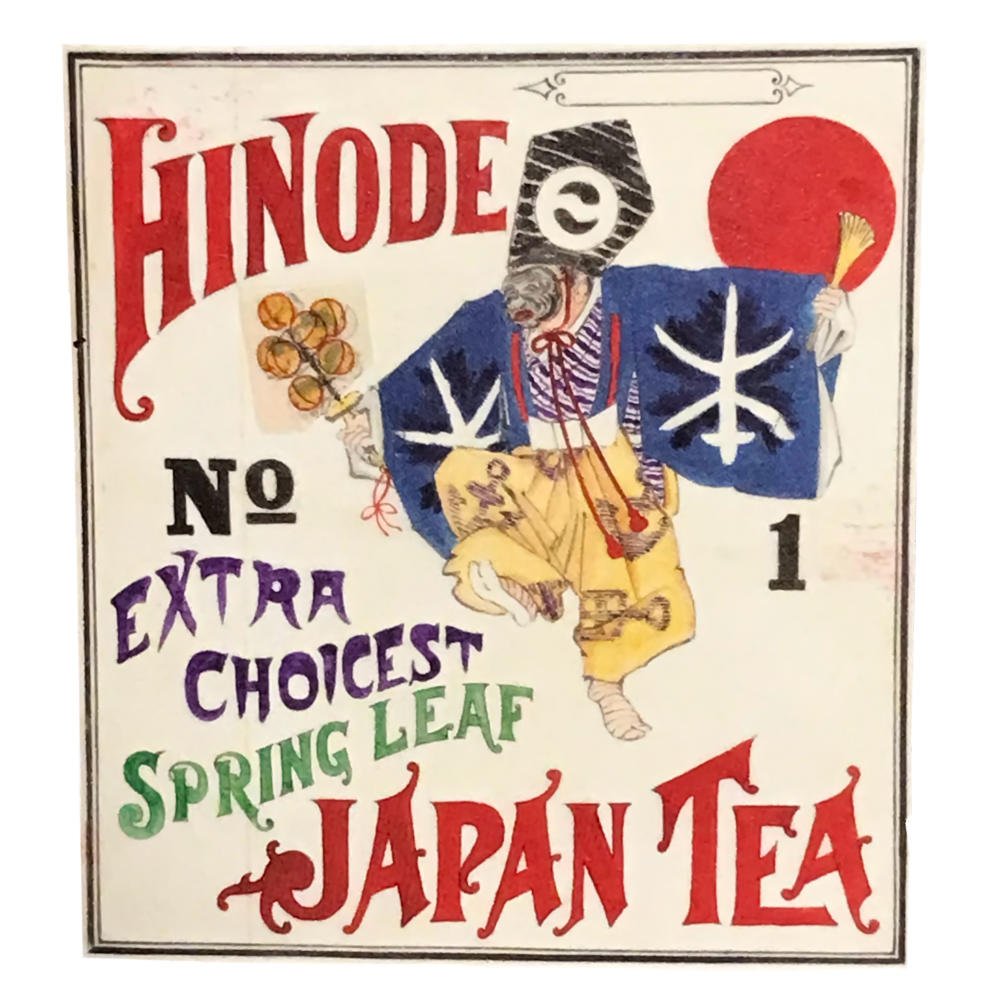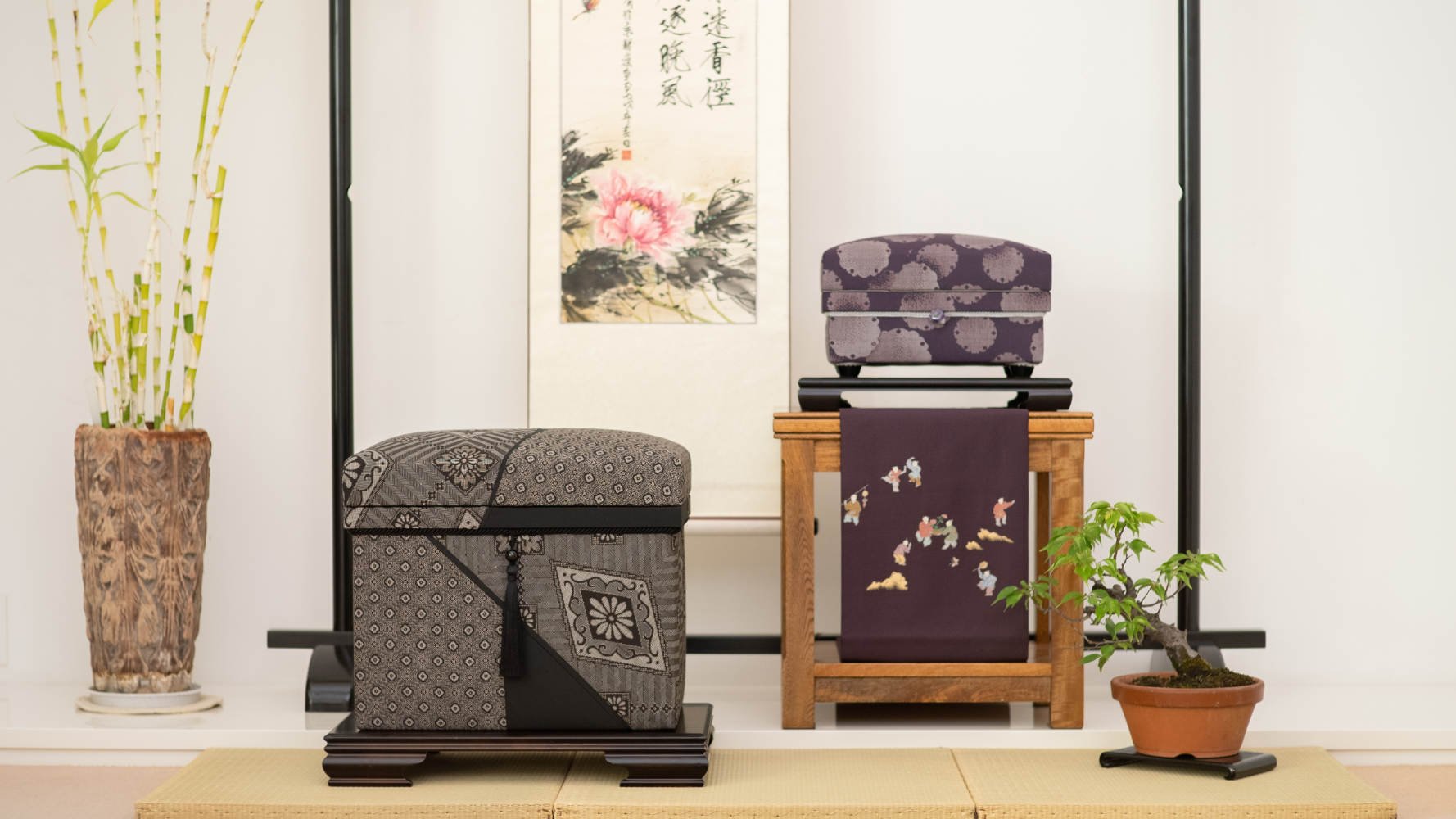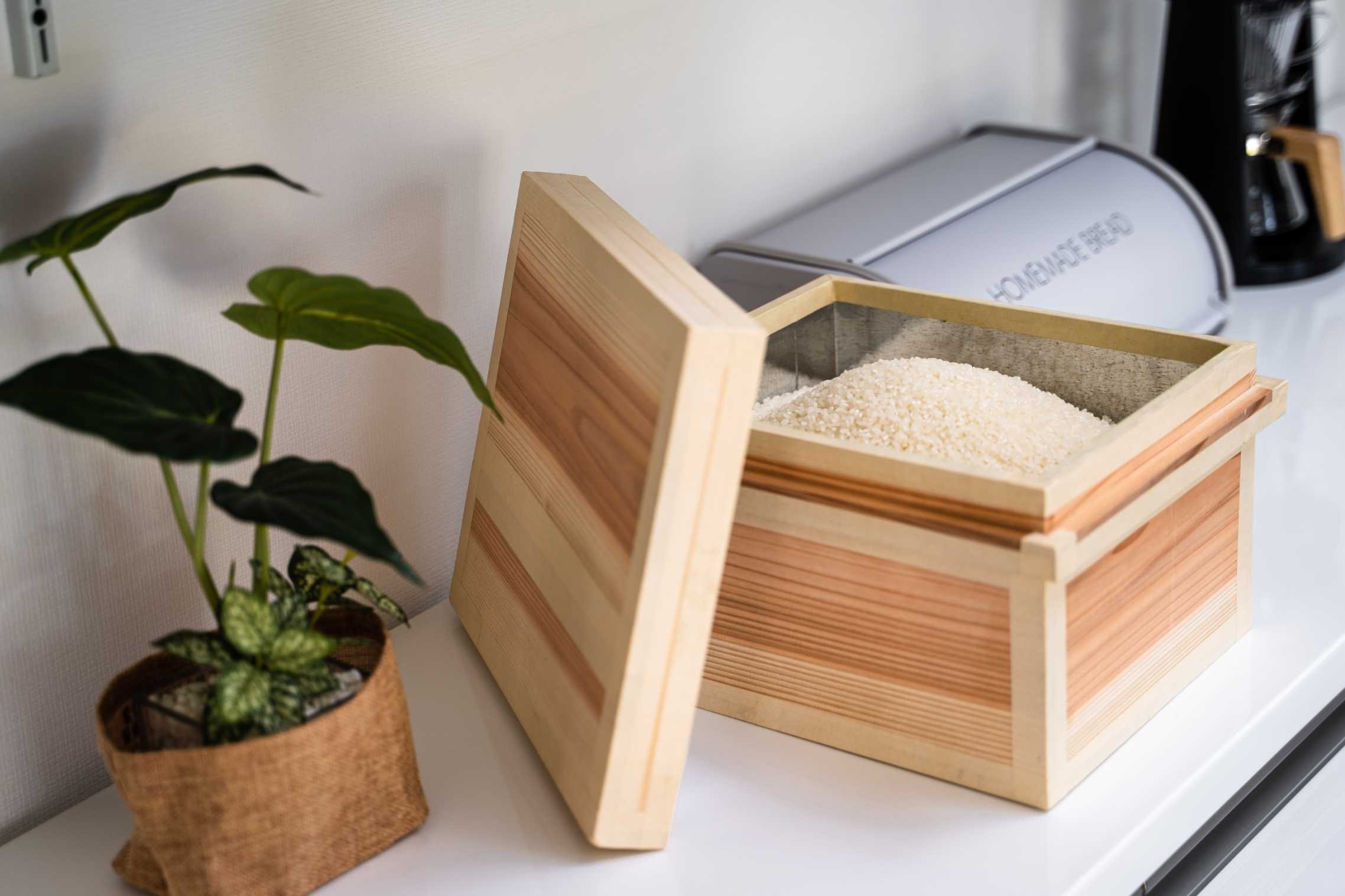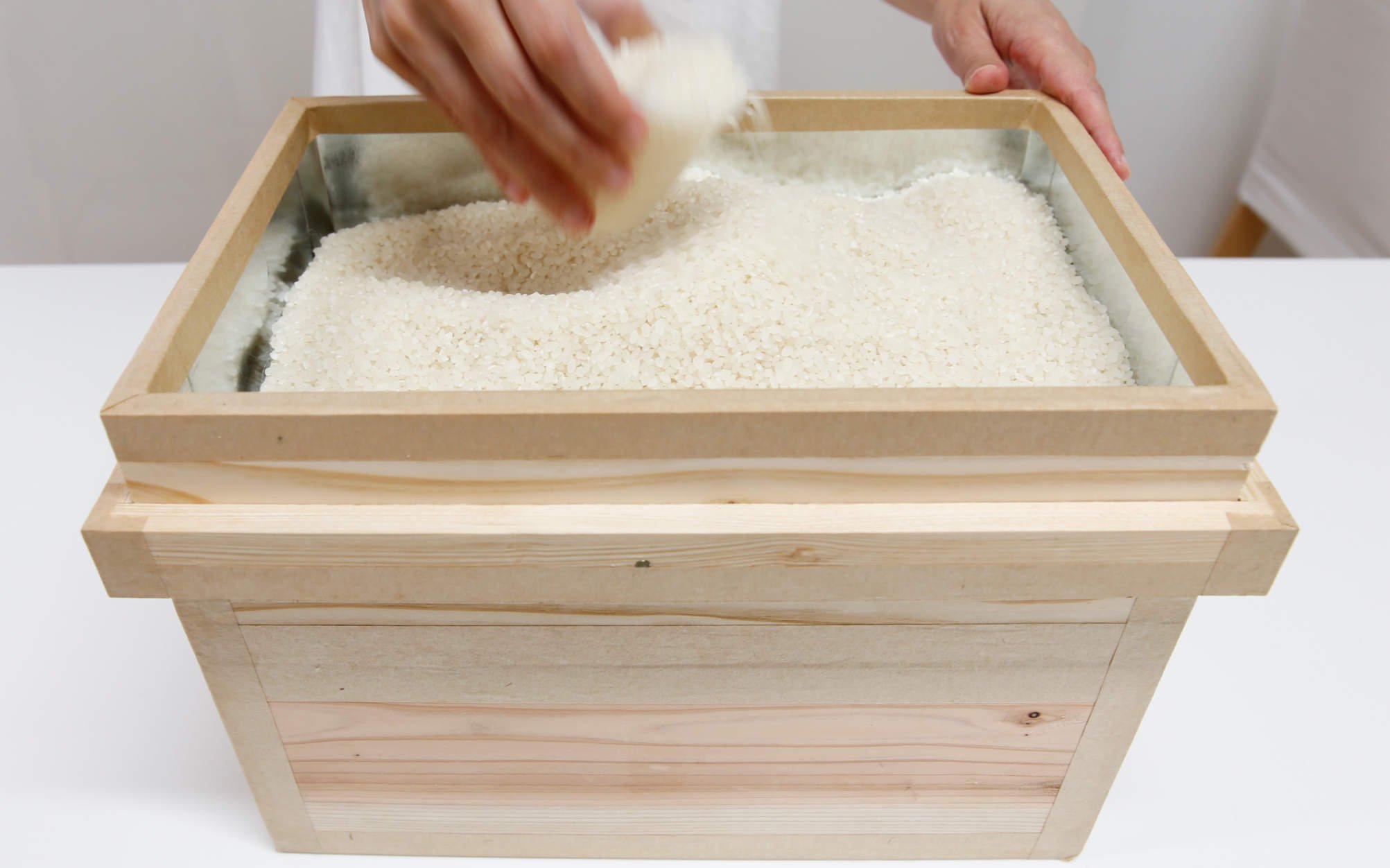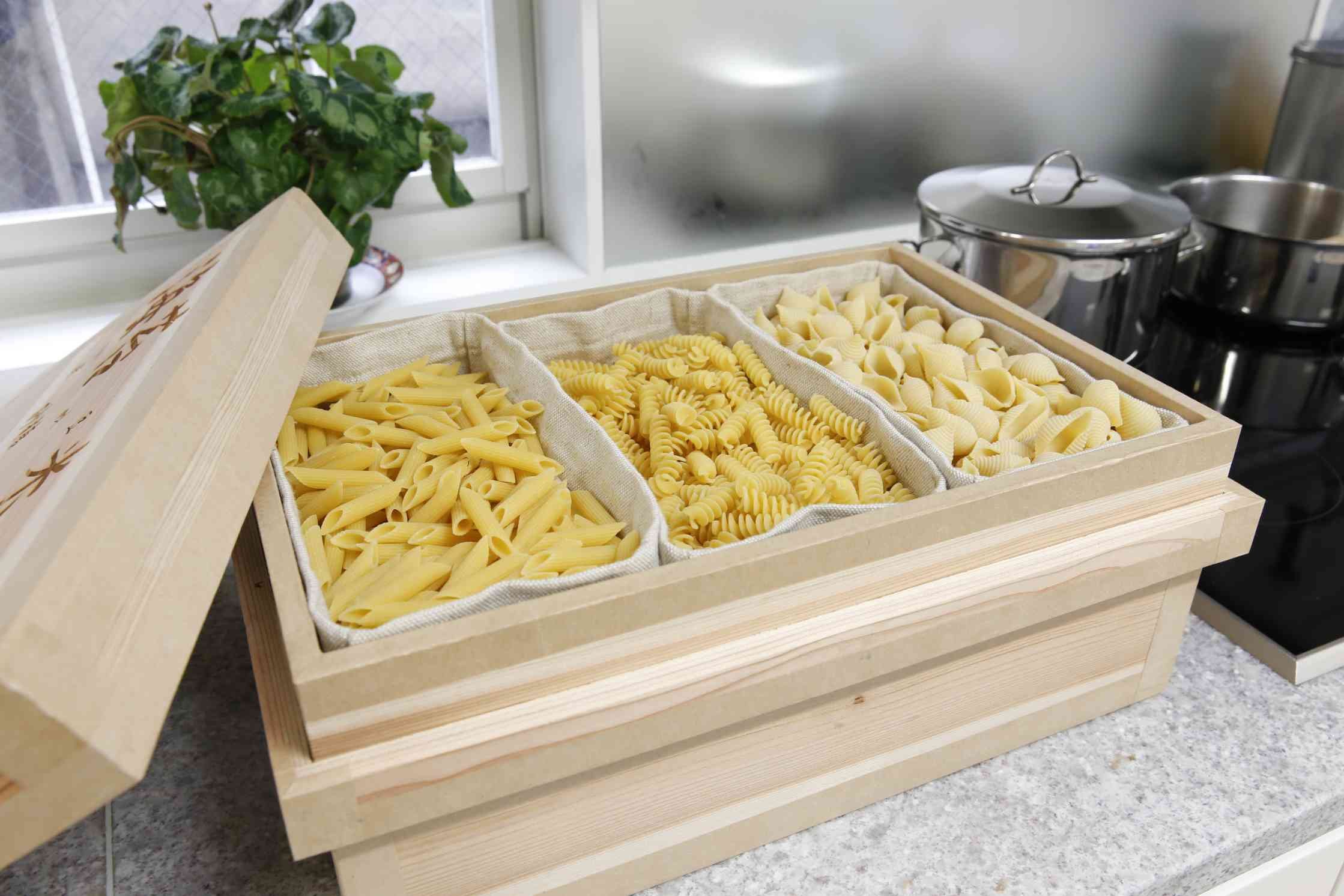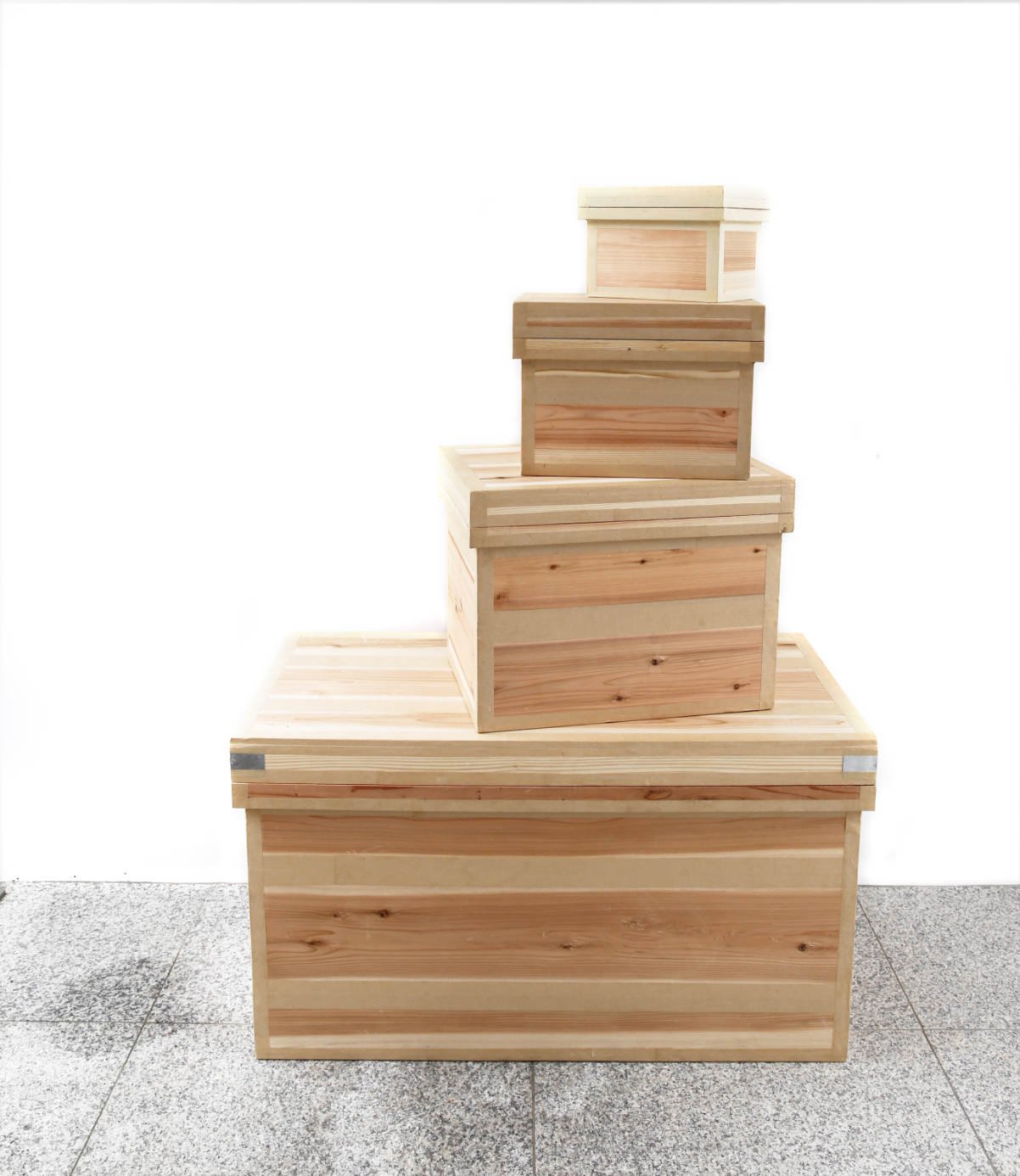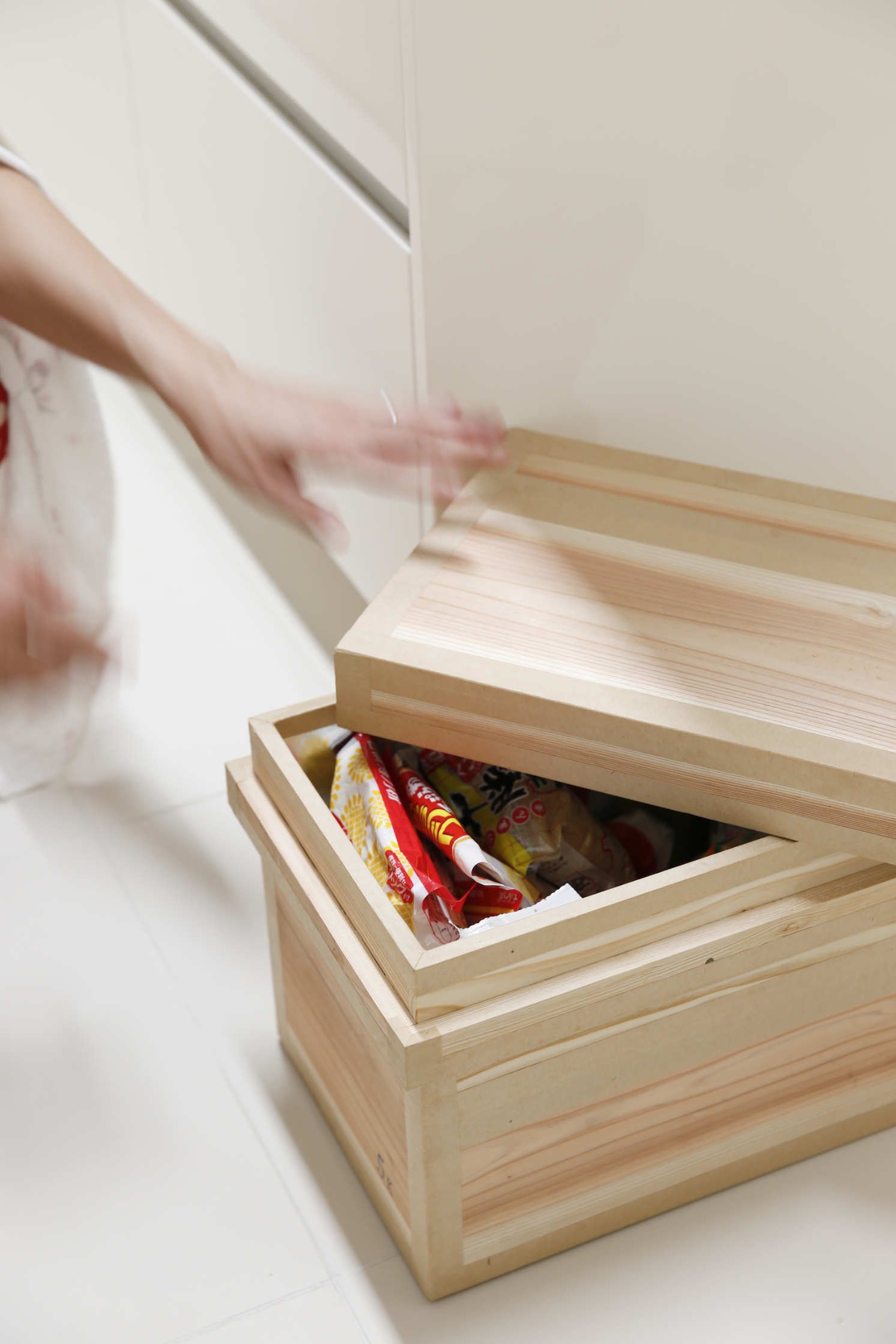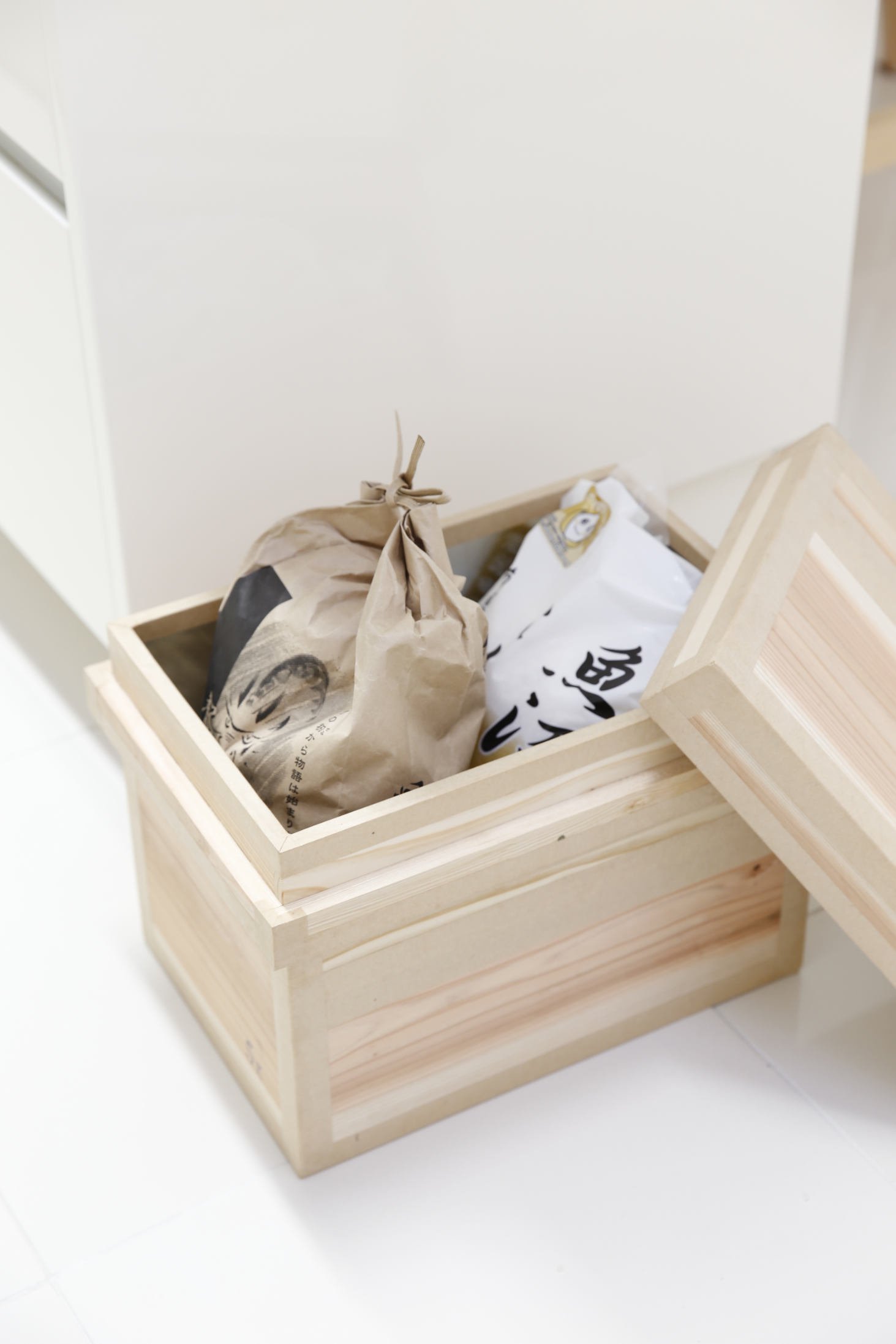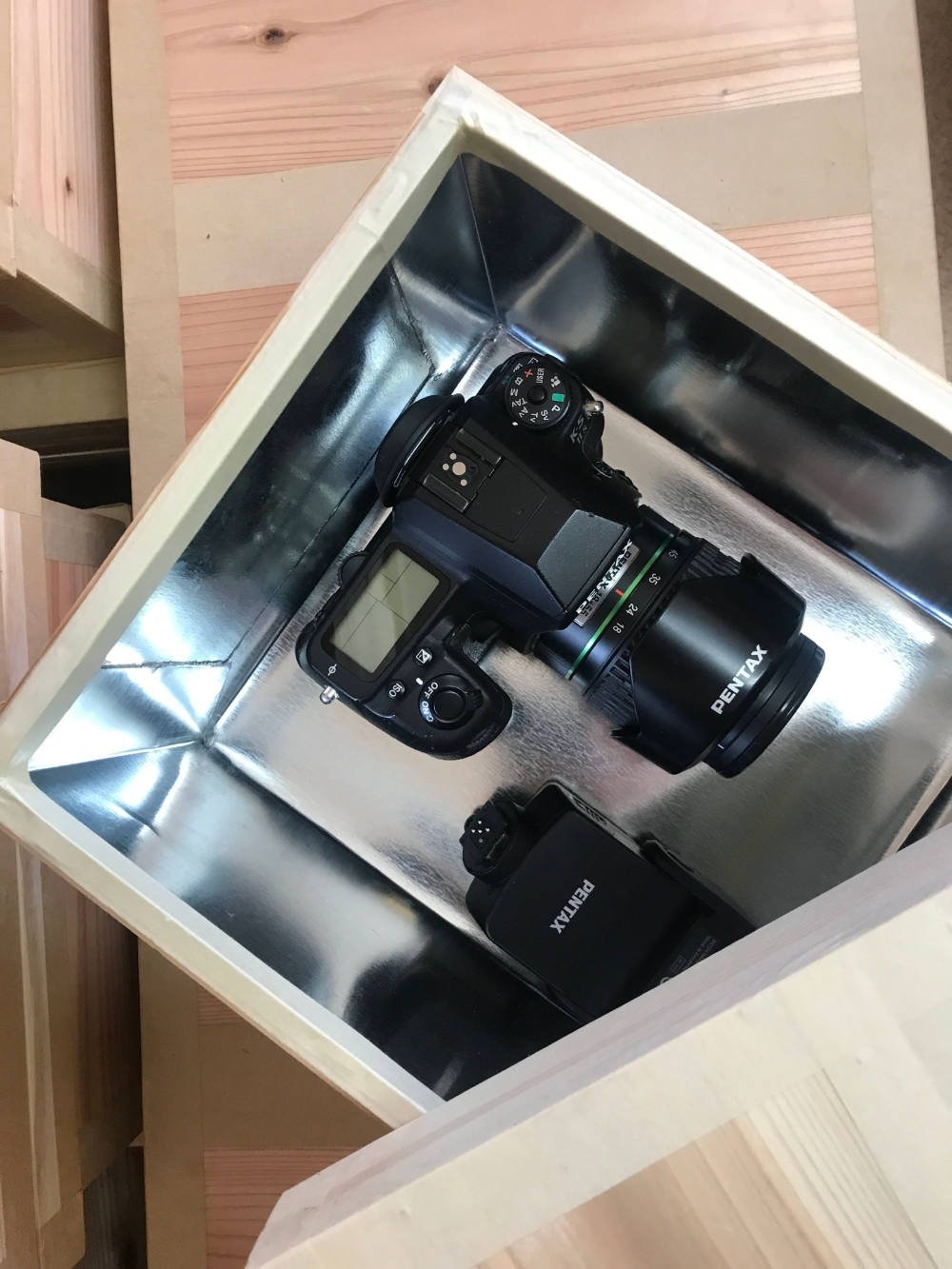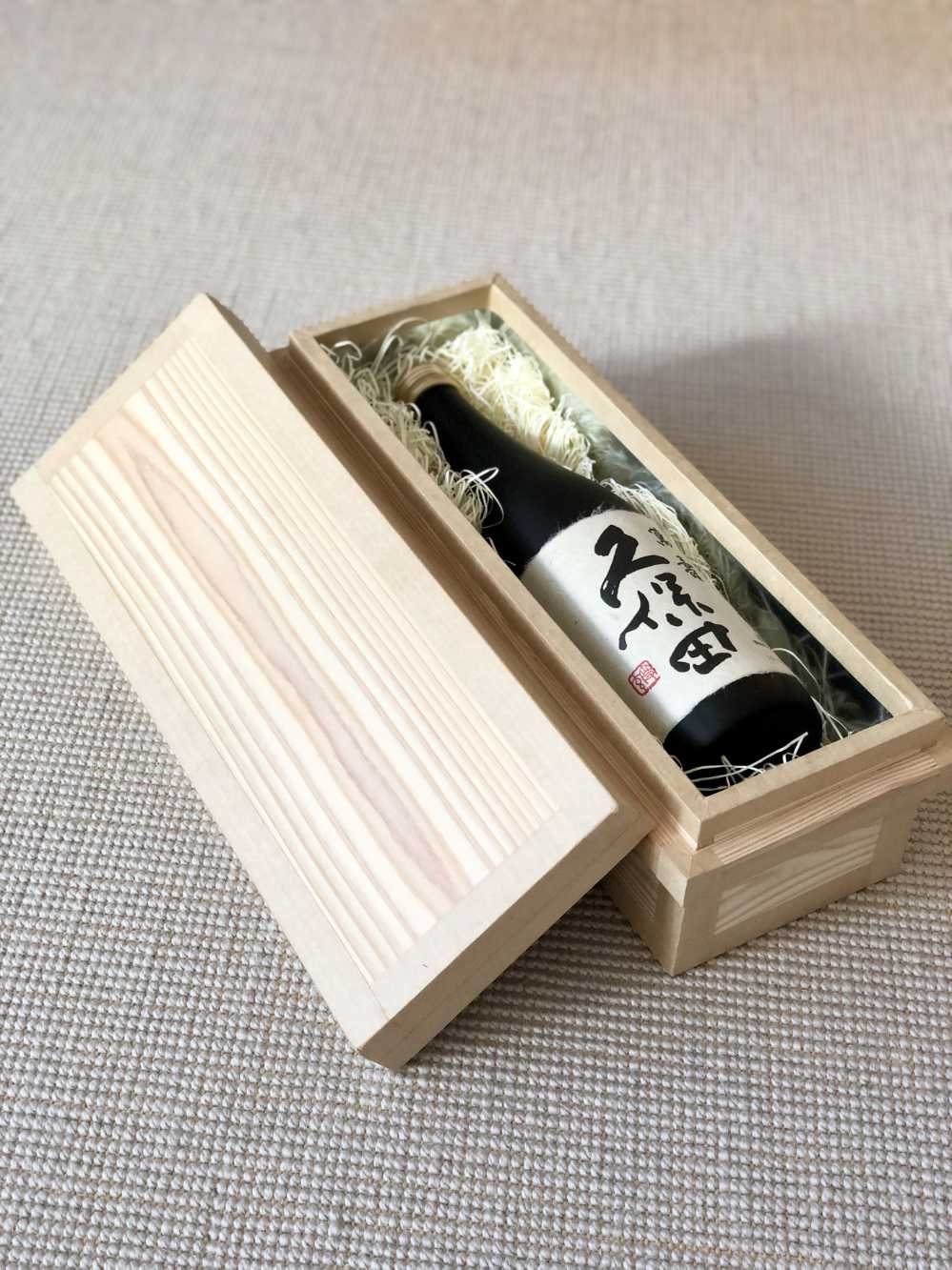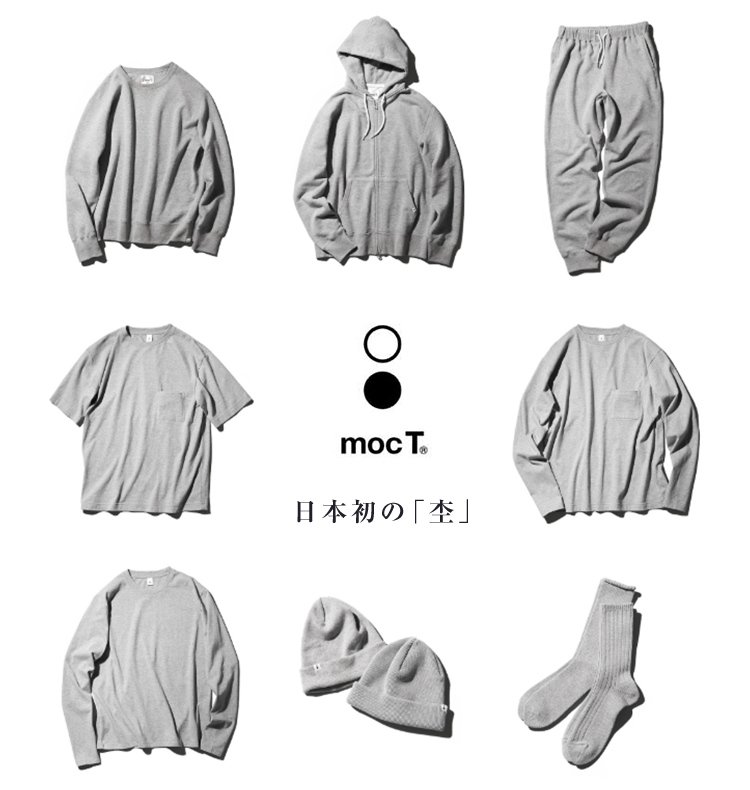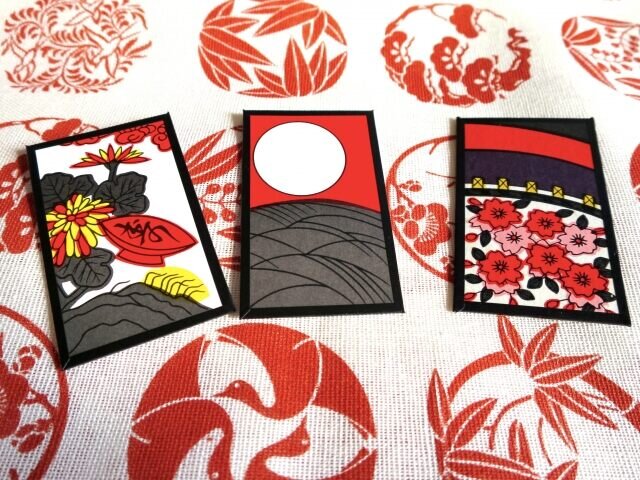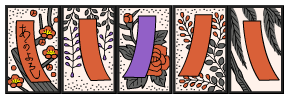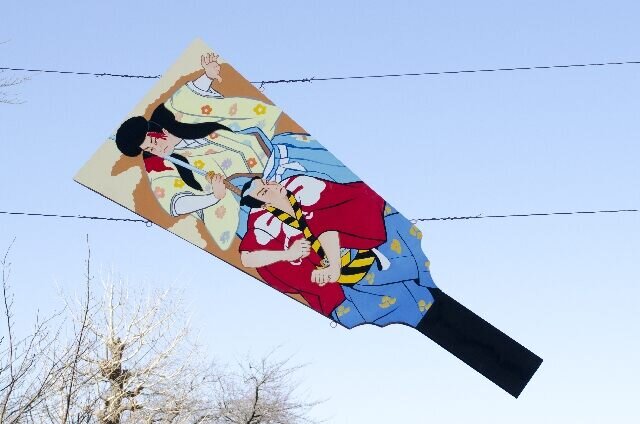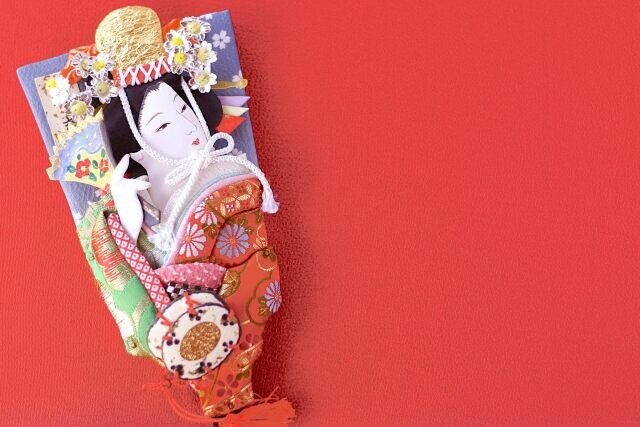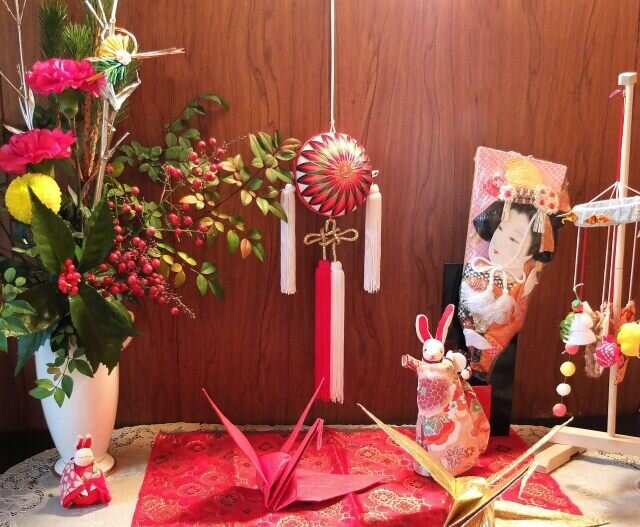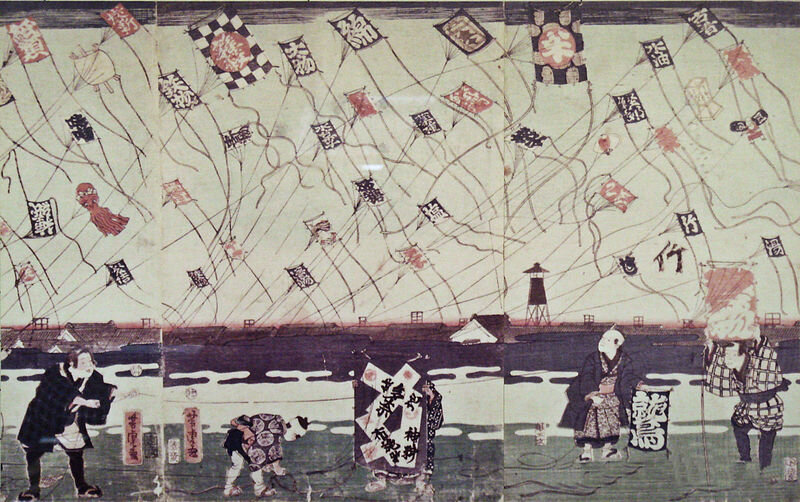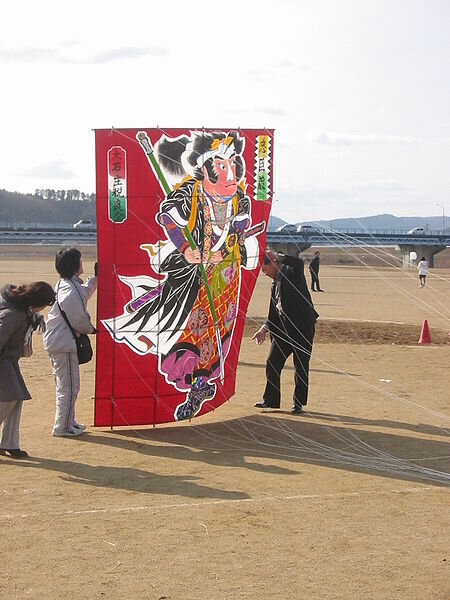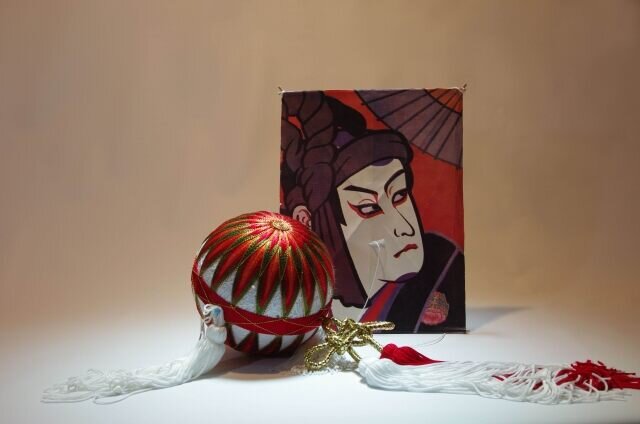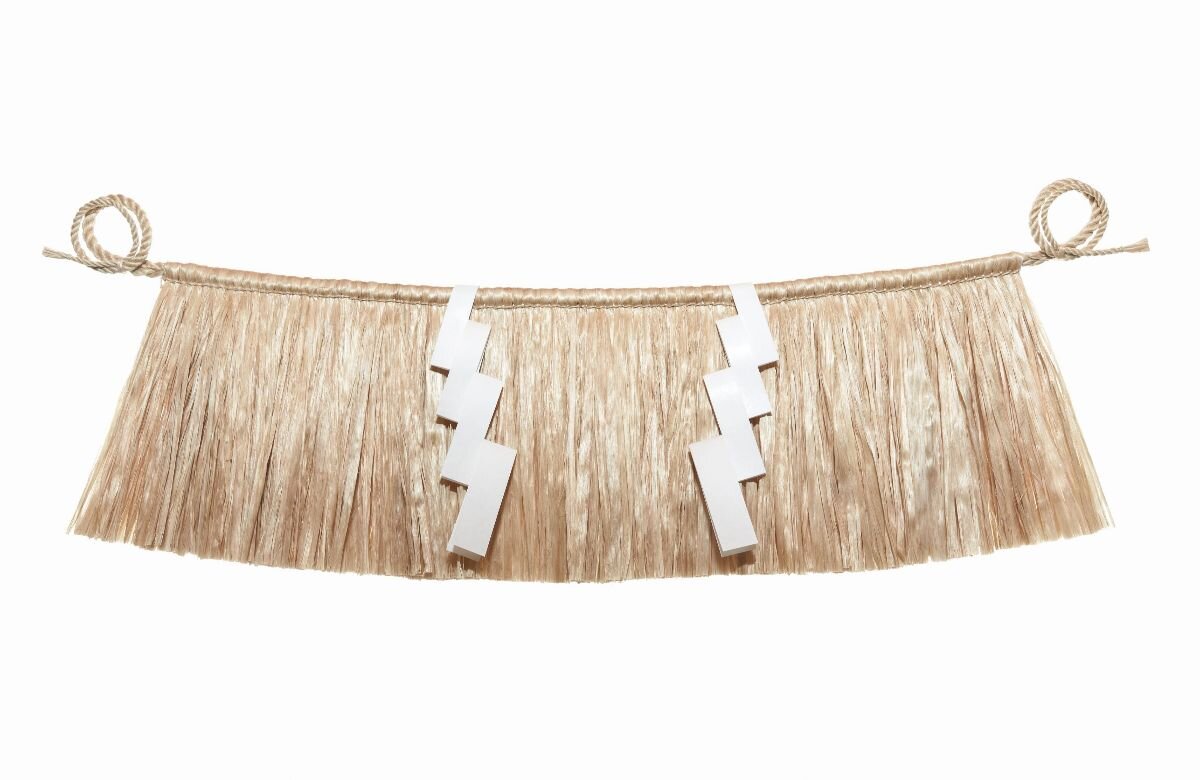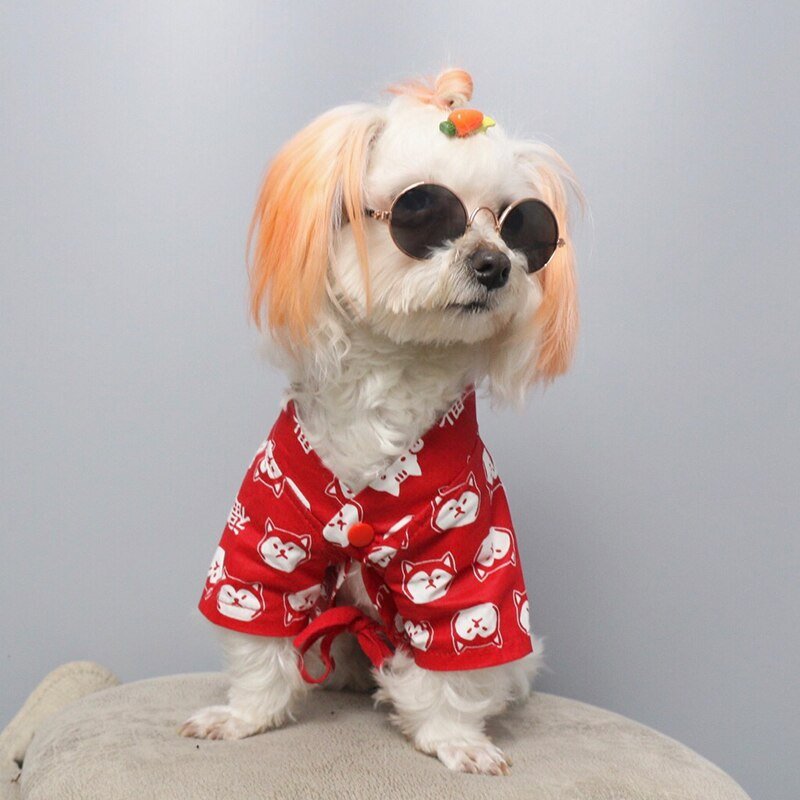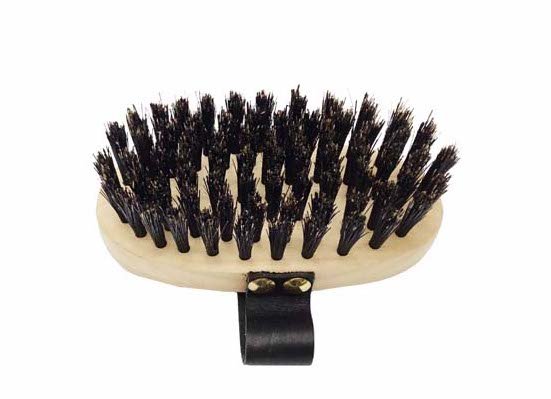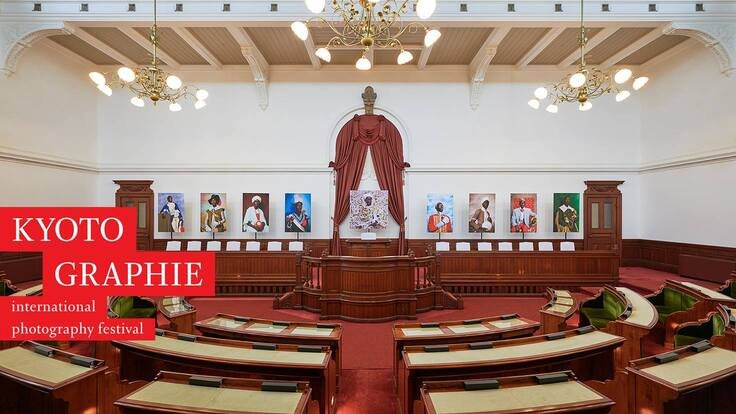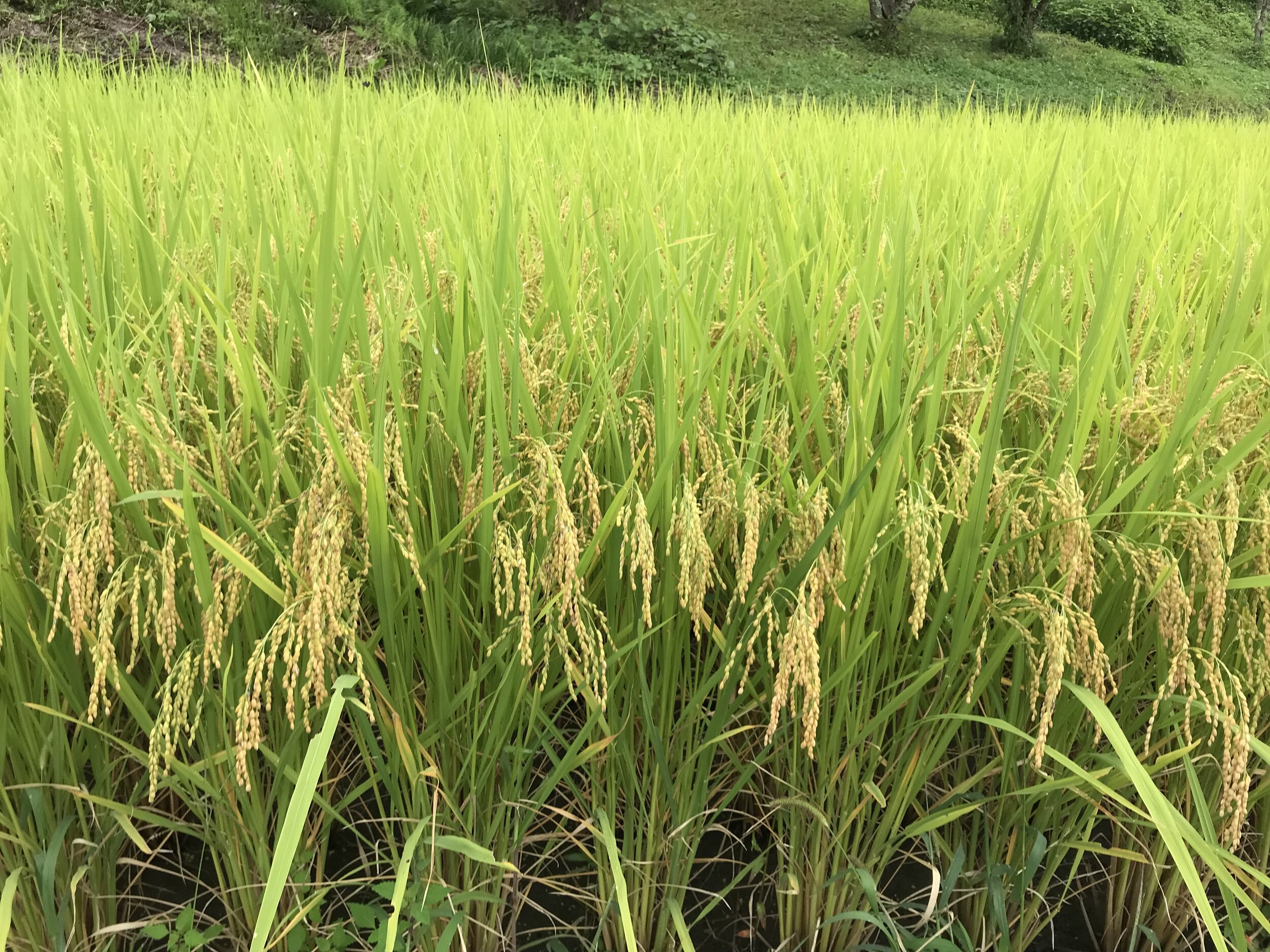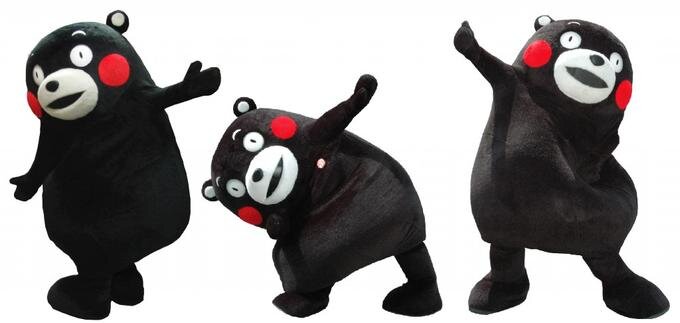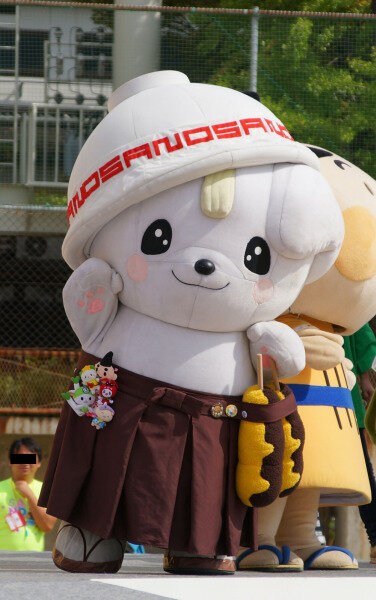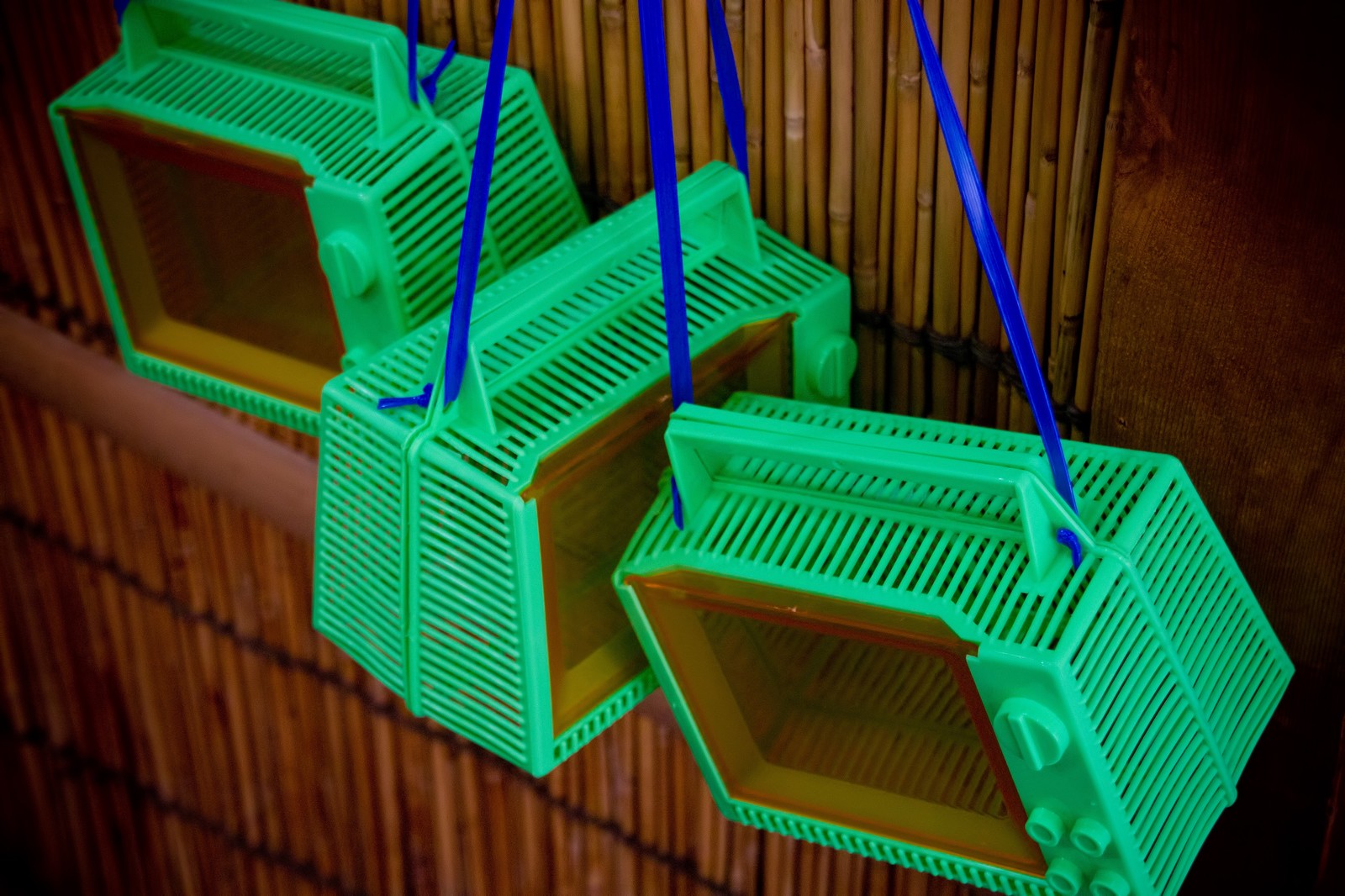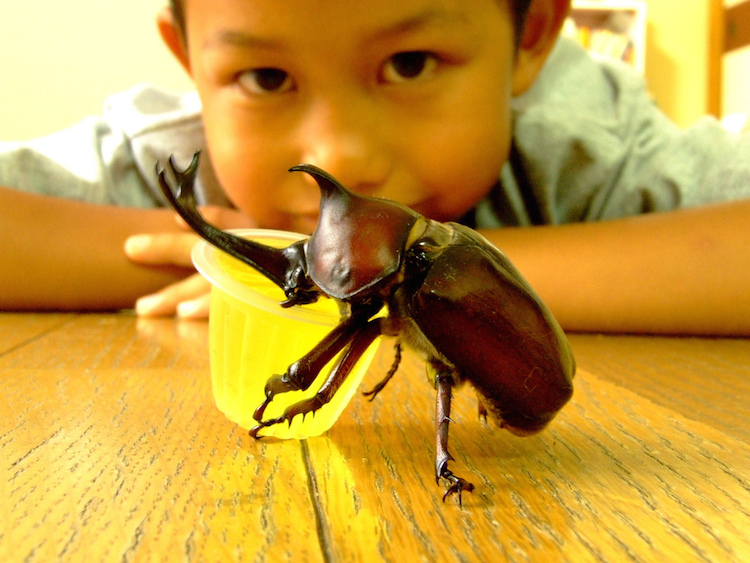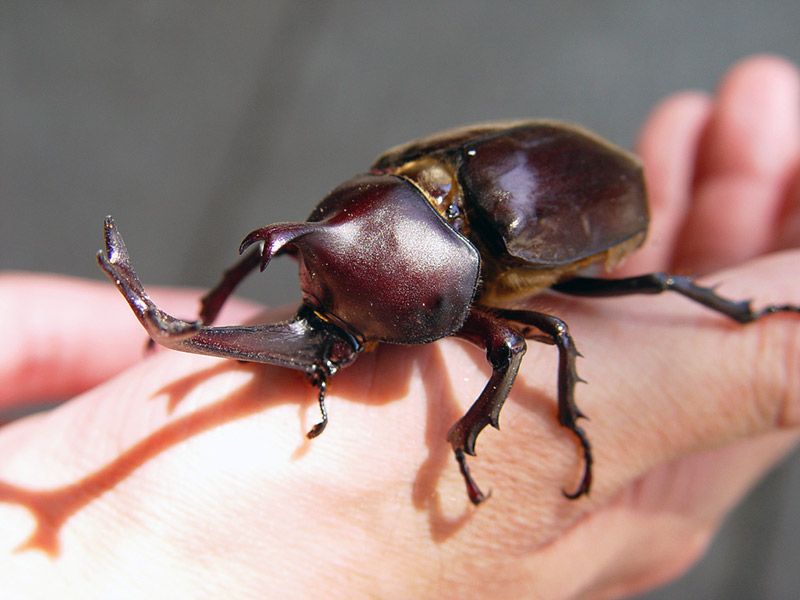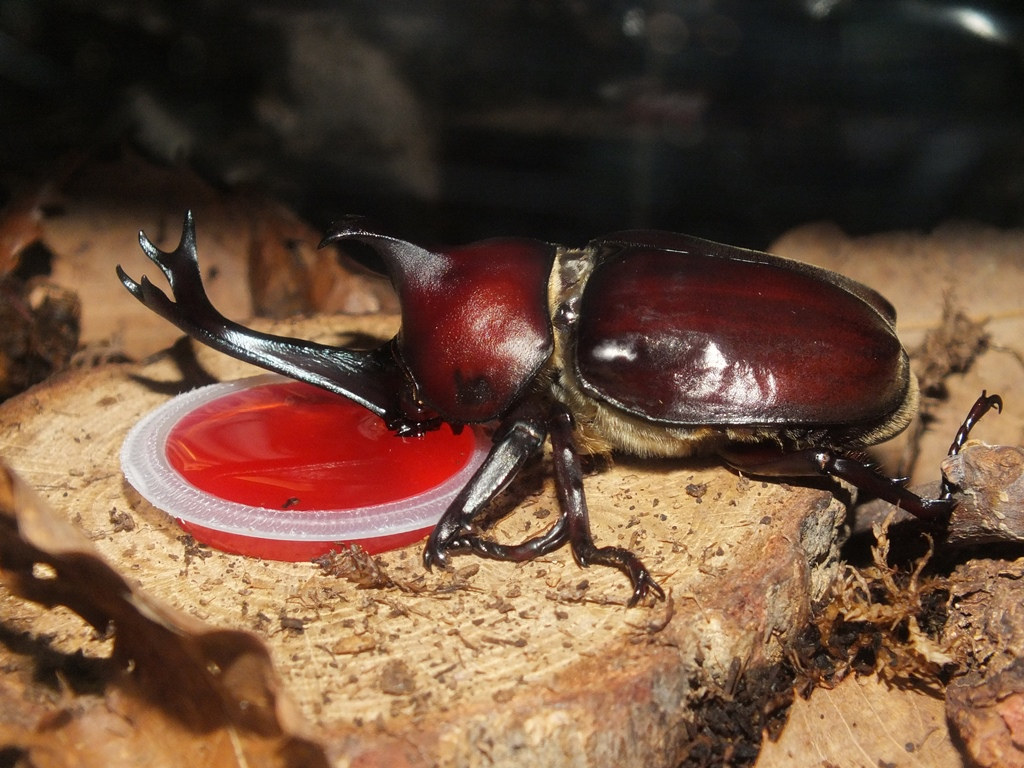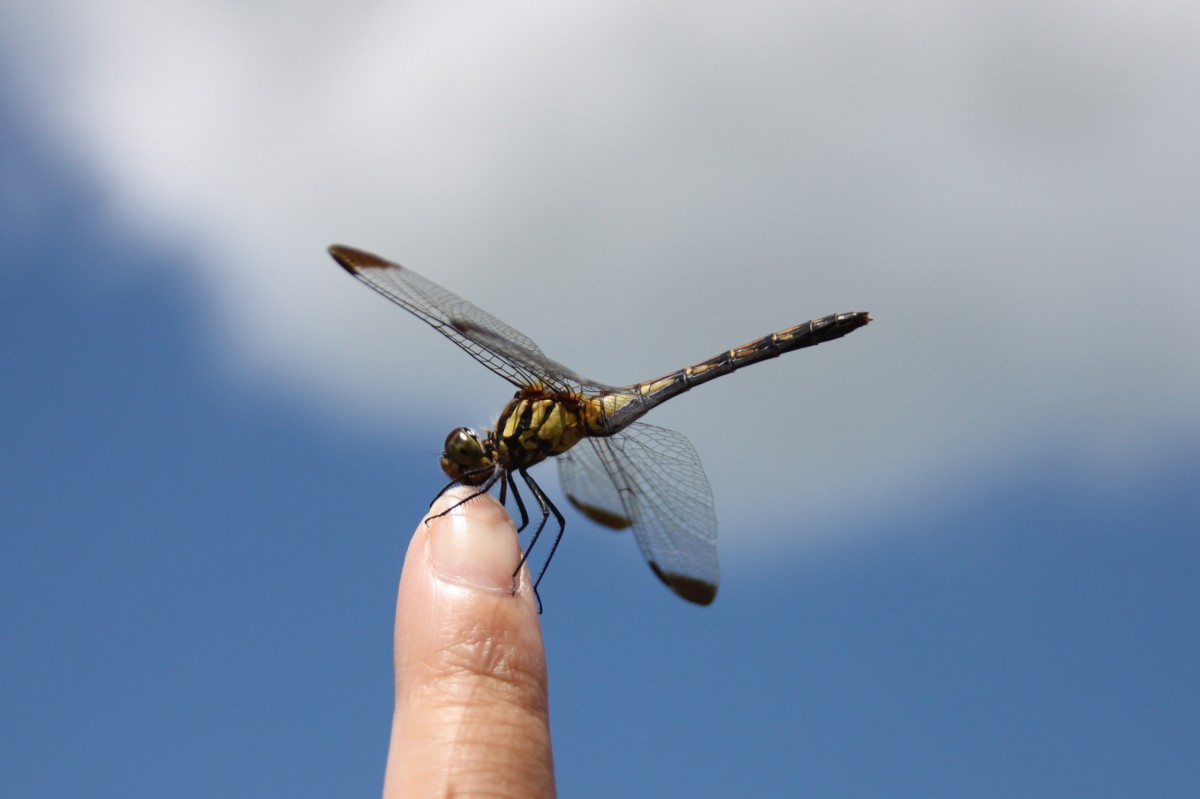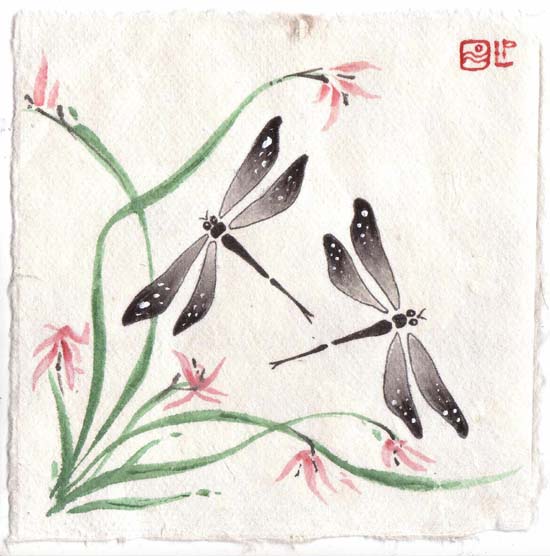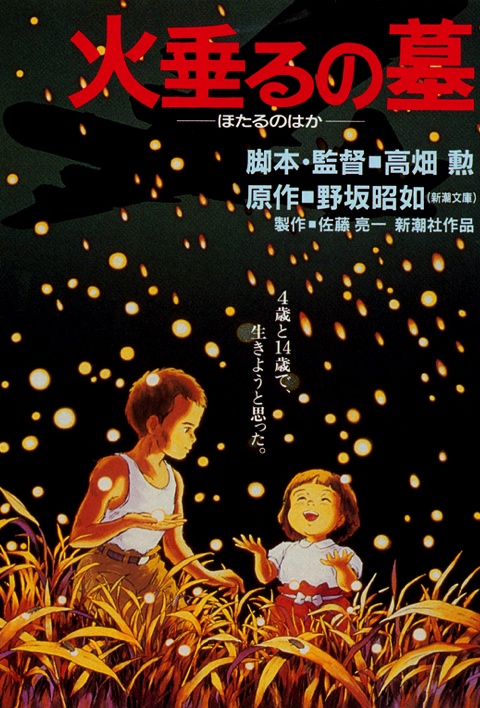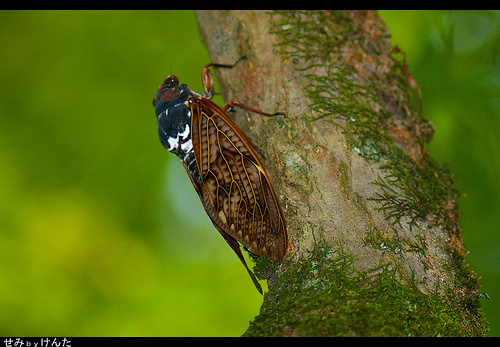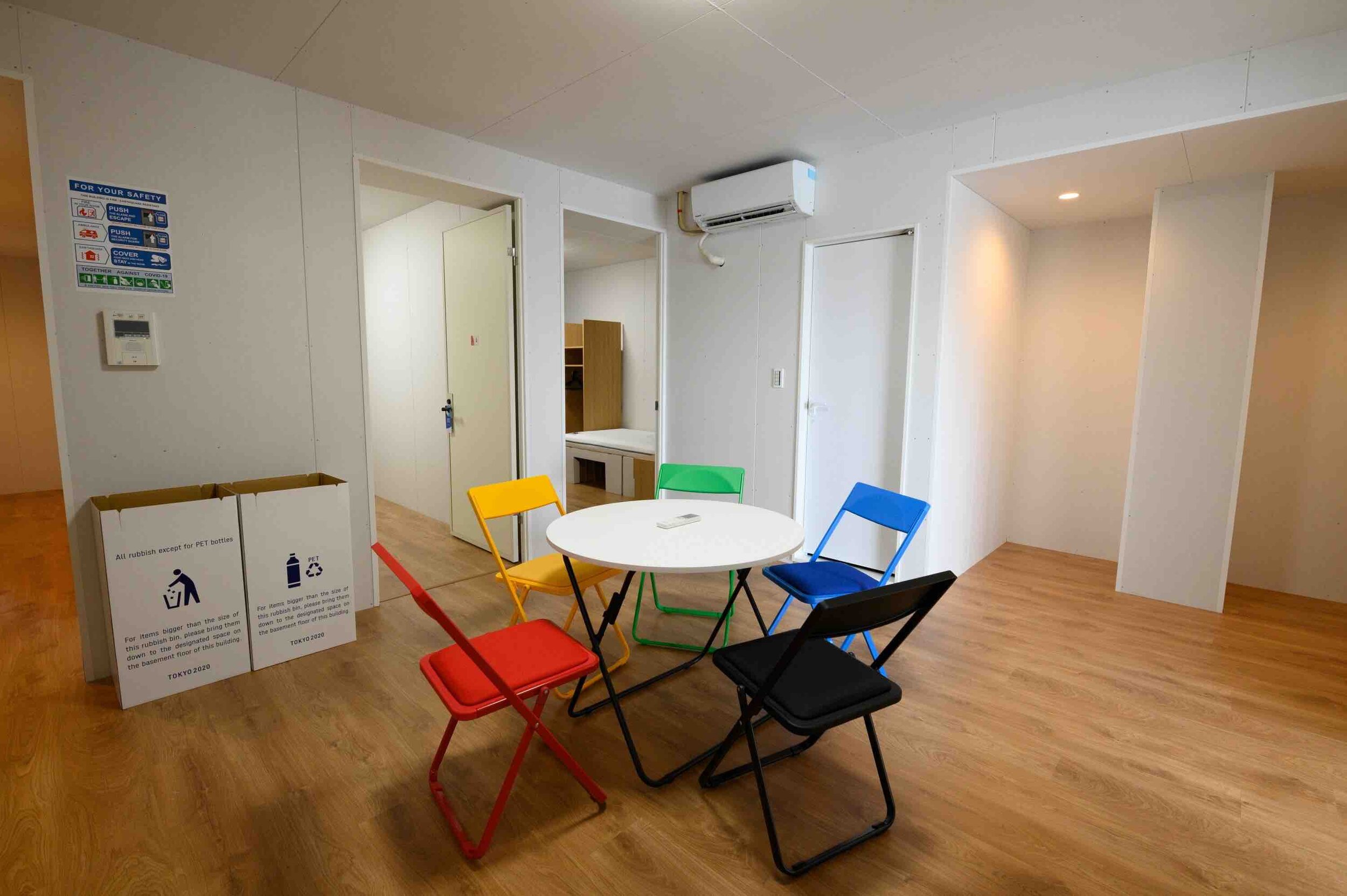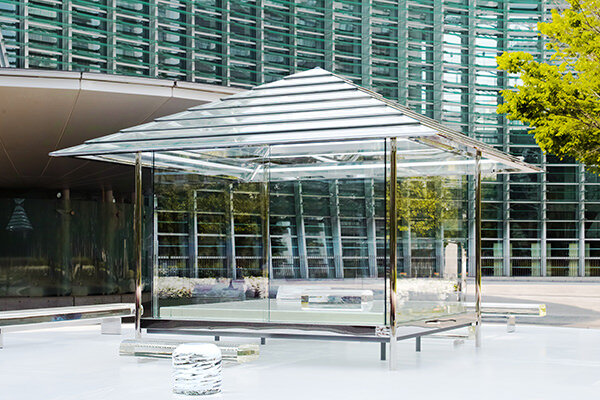Chabako - Cedar Tea Boxes
In the 1800’s Japan developed Chabako for exporting tea overseas. They attached colourful labels to the boxes, introducing the western world to Japanese Ukiyoe prints and design. With multi-coloured wood block prints showing Japan’s unique design sense, a few of these designs still exist and are occasionally exhibited.
Chabako : Cha = Tea / Bako = Box are wooden boxes that date from the Meiji era and were originally used to export Japanese tea overseas. With excellent moisture, insect, and oxidation-proof qualities, they were created for "keeping tea leaves fresh and transporting them safely”. Made with galvanised iron (tin) lining inside a wooden frame of Japanese cedar made by a skilled craftsman, there are said to last for over 100 years.
Creating the Chabako:
30 year old Japanese Cedar wood is exposed to the elements (rain and wind) for two months then dipped in water, flattened by stacking them and placing heavy stones on top until they are thoroughly dried. This strengthens the wood and prevents warping. Metal lining inside the box fortifies the functionality is attached and cut to size with special scissors. Finally, Washi (Japanese paper) tape coverings are used for all the sides and corners of the box to improve durability.
Chabako making is a meticulous process, a constant balancing and matching act between the available wood and the parts needed to make a particular-sized box. Skilled and dedicated artisans meticulously process every step to create a highly functional and sustainable storage box that lasts over a century.
The Last Five Chabako makers:
The original role of Chabako (to preserve and carry tea leaves) has almost died out due to the emergence of cardboard carton boxes and aluminium packaging. Some essential materials for Chabako have disappeared, such as the metal sheets made explicitly for Chabako and Washi tapes. As of May 2021, there are only five Chabako makers left in Japan. Chabako remains an endangered industry. In order to keep this tradition alive, these companies are finding new uses for Chabako as interior storage boxes with their sizes being altered to suit modern living.
The Maeda Workshop has manufactured Chabako for 3 generations. Master Maeda is renowned for his fine skill and has been awarded for excellent craftsmanship from Shizuoka Prefecture. Shizuoka, the home of Mt.Fuji is one of the largest tea producing areas in Japan because of the temperature, the clean water that comes from the southern alps, and its proximity to major ports. He began his apprenticeship at the age of 15, not long after the end of WWII, helping his father make Chabako. For the last 65 years, he has dedicated his life to the creation of Chabako. In his later years, Master Maeda began training younger craftsmen in his craft, to pass on the culture and acquired skills for the coming generations. Now, his students continue his work as he monitors, creating Chabako with the same care and precision as their master.
The Strength of Chabako:
The first Japanese tea is said to have been exported to Europe from Hirado, Nagasaki in 1610 by the Dutch East India Company. However, if it were not for Chabako the tea leaves could not endure the long and unforgiving condition of the journey on board ships and the trade would not have lasted long. Chabako has successfully evolved to become an ideal storage/transportation box to preserve tea leaves fresh, effectively keeping humidity and insects away and prevented them from oxidation. Chabako proved to be the most effective solution to the problems of rough travel by sea as it was back then. Foreigners moving to Japan thus came to know Chabako, which subsequently lead to the birth of the "fabric-covered Chabako" among the foreign community in Japan.
Where Does the High Functionality Come From?
To begin with, the use of Japanese Cedar (Sugi) wood is the first defence of the box. Sugi has a high insect and moisture-proof effect. It has less aroma and sap than other woods, so it does not interfere with the delicate smell of tea. In addition, by fitting galvanised iron (tin) inside the wooden frame, moisture-proof, insect-proof, and oxidation-proof properties are significantly improved. Before galvanised iron, they used linings such as Washi paper soaked with persimmon astringent. By the end of the Meiji era, galvanised iron came into the picture and gradually replaced other alternatives. In addition, Washi paper tape is used on every corner of the box to strengthen the structure. Washi is known to be one of the most durable materials, preferred over fabrics.
Sizes and Types :
Chabako sizes are expressed as xxK or xxKS. K is kilogram. This means that the box can carry xx kg of tea leaves. KS is K”Squat”, which means it is lower in height than the relevant K and it carries about half the volume. eg. 1K=1kg of tea leaves, 1KS=500g of tea leaves. Nori-S and Nori-M, they used to carry sheets of Nori sheets (seaweed sheets). Nori-S carried 100 pieces of Nori, and M carried 200 pieces of Nori.
Chabako Care:
Cleaning Wood : Wipe with dry cloth. Avoid using detergent.
Cleaning Tin / Galvanised Iron: Wipe with wet cloth and dry.
Do not sit or stand on unfortified box.
Do not affix casters or hinges on unfortified box.
The top will not be fitted tightly. This does not prevent air tightness of the box.
Please visit our store to see our new selection of Chabako:
JAPAN BEST PARIS BOUTIQUE:
Bows & Arrows Paris:
17 Rue Notre-Dame-de-Nazareth
75003 Paris, France
Opening hours:
Tuesday to Saturday from 12:30 pm to 7:30pm
Telephone:
09 83 70 76 98


